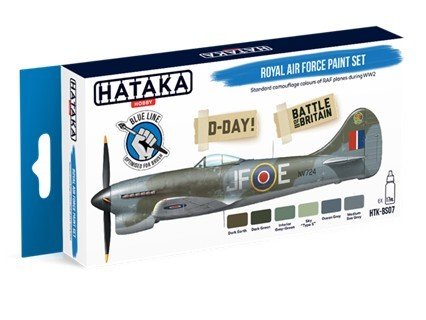
Great Expectations: Revell Paint
The above video is not from me, but it’s from someone who usually does a pretty good job of being direct and honest in their videos, and I can’t ask much more than that from a Youtuber.
This video demonstrates that we all paint differently. When I put paint to plastic, I use a small brush and fill it with paint and I gently touch the brush to the plastic like an angel’s kiss, and the paint flows out onto the surface. I may “herd” the paint into place with some fatherly body language, using my tiny brush to remove drips and runs, but I try to avoid that.
On the other hand, if you PUSH DOWN on the brush (i.e. “scrub”), and try to use it as a kind of fuzzy trowel, you are doing something I don’t do.
But it may not be bad to do that with certain paints. I do it sometimes. When applying Future, I scrub it on. When I apply Metal Color, I scrub on the first few coats–even going so far as to “dry brush” on the paint and literally scrub it on.
When I first tried Revell, I scrubbed it on without any thinning. It seemed too thick to me but the finish was beautiful. So I added water to thin it BECAUSE THAT WAS WHAT I EXPECTED. I added a lot of water to make it “thin” like Polly Scale. But this was a mistake. REVELL AQUA IS INTENDED TO BE BRUSHED WITH PRESSURE.
It’s paint you “scrub.” When I thinned it, I goofed it up. I thinned it too much, and it actually beaded up on the surface of the plastic.
You can’t flow on Revell paint, and you can’t scrub Tamiya. They are radically different in that way. What I need to keep in mind is that what type of paint YOU like will depend on your technique and your favorite method. I like to “flow” the paint on because I believe that it gives me much greater control.
Unfortunately, the “flow on” paint is going away. From a practical standpoint, Tamiya is still available but learning to paint with that, using “flow on” technique, is just too damn hard for most people (based on the amount of bitching I’ve encountered on forums).
But “brush on” (or scrub on) paint is readily available from Revell, The Army Painter, and others. Maybe Hataka Blue (soon to be reviewed by me) is also “brush on” paint. We’ll see. The important thing is that “brushing” paint on is easier to learn. I may have to learn to do it myself, if I live so long that I actually use up my whole paint stash.
It’s interesting to see different techniques. Great video. Full disclaimer…. I’ve yet to do a whole airframe with Revell Aqua, so far it’s interiors, some anti glare panels, gear and wheels, stuff like that….but I’m putting it on heavy and wet. I use these small disposable brushes ( think the old Testors white handle brushes, but a handle half as long and the bristles are a little bigger). My wife gave me like 500 of them, they’re some kind of disposable medical brush….anyhow, I dampen the brush with water, dip it in the blue cube and apply the Aqua heavy and wet, flowing it on. Sit back and hope it doesn’t puddle or run (most cases it hasn’t) but it settles nicely as it dries. I saw it done this way on either one of the airfix forums or Britmodeller, back when I was looking for tips on brushing Aqua. When I get to a whole airframe I might try something different, or experiment. I’ll definitely use a bigger brush though.